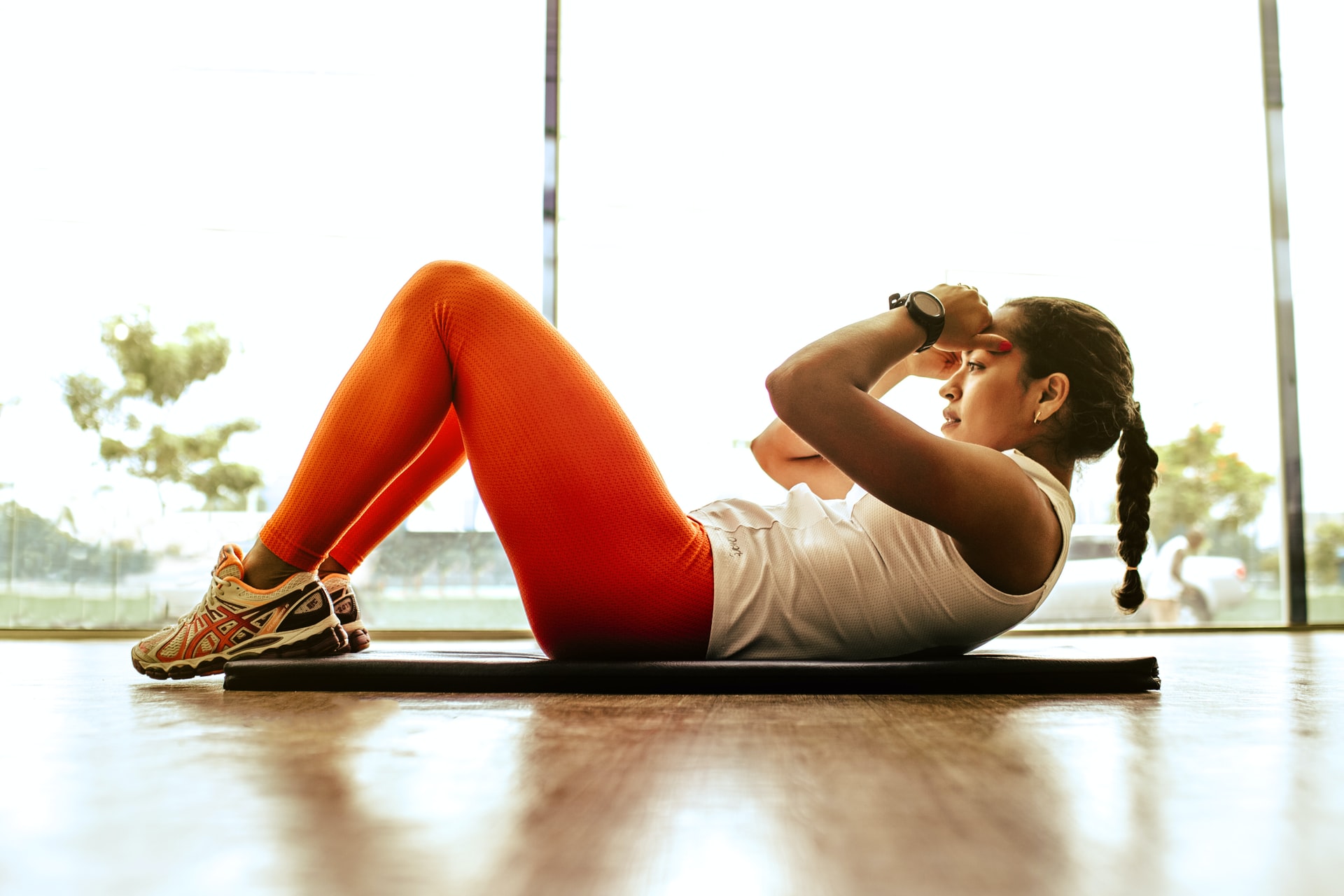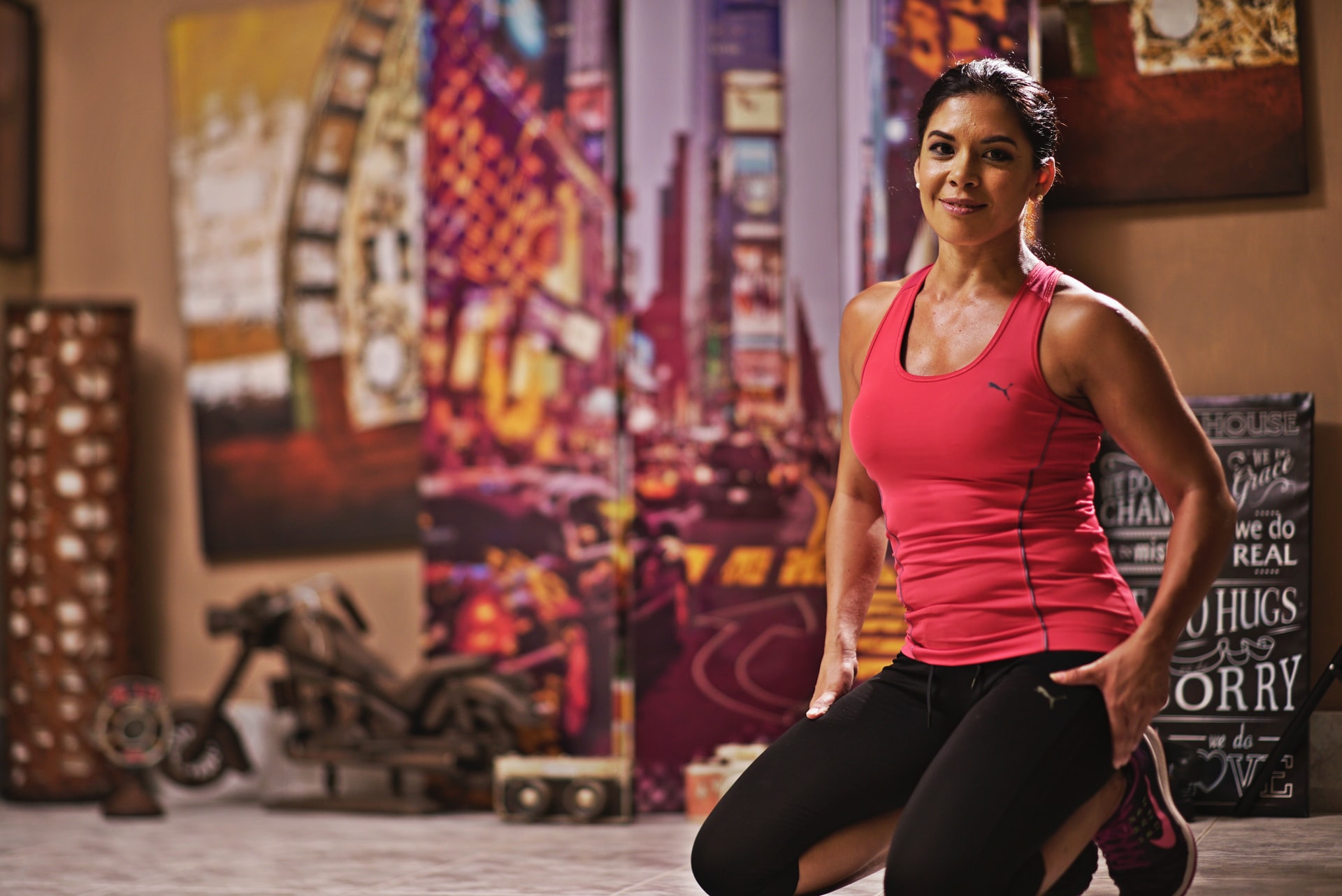The pelvic floor, which is made up of a group of muscles located at the base of your pelvis , plays an important role in supporting the pelvic organs including the bladder, urethra, uterus, rectum, and small intestine. A weak pelvic floor can lead to problems with bladder and bowel function, pelvic and lower back pain, and can even progress to the point where organs start to sag into places they shouldn’t be (pelvic organ prolapse).
Vaginal childbirth, aging, menopause, connective tissue disorders, pelvic surgery, and other conditions can contribute to a weak pelvic floor which is why it’s important to keep these muscles strong. Here are some of the best pelvic floor exercises you can do at home–no equipment needed.
Kegel Exercises
Kegel exercises are one of the most effective exercises for strengthening the pelvic floor. To perform a Kegel exercise, you must first identify your pelvic floor muscles. Two different ways of identifying your pelvic muscles: 1) trying to stop your urinary stream, or 2) imaging you are trying to stop yourself from passing gas. You should feel a “pulling up” sensation in the area between your rectum and vagina. Whether you are squeezing the “front” (stopping your urinary stream) or the “back” (stopping yourself from passing gas), you are exercising your entire pelvic floor because the muscles work together. The contraction you feel is a Kegel exercise. Once you’re familiar with your pelvic floor, you can start an exercise routine. They can be done while driving or even while you’re sitting at your desk! Remember that exercising your pelvic floor is like exercising any muscle–it takes time to see results.
- Contract your pelvic floor muscles for 5 to 10 seconds and release. Repeat 10 times.
- Do 2 to 3 sets of 10 repetitions per day.

Bridge
The bridge focuses on tightening your glutes but can also promote a stronger pelvic floor.
- Lie down on the floor with your knees bent at a 90-degree angle and your feet flat on the ground. Your arms should be by your sides.
- Squeeze your buttocks and pelvic floor muscles together and raise your hips. Your entire body should be in a straight line.
- Hold the position for 3 seconds and lower yourself back down. Repeat for 10 reps. Aim for 3 sets of 10.

Split tabletop
The split tabletop is great for your abdominal muscles, hips, and, of course, pelvic floor.
- Lie down on the floor with your feet straight out and off the floor and your knees bent. Your knees should be at a 90-degree angle.
- Making sure your inner thighs are activated, slowly spread your knees and feet apart at the hip joint, and close them again. Don’t put too much strain on your inner thighs; return to the starting position if you feel any excess pain.
- Once you’ve completed one rep, do a total of 10. Try to do 3 sets of 10.
With all of these exercises in your workout routine, you’ll have a stronger pelvic floor in no time at all.
Learn More About Pelvic Floor Health
For more information about pelvic floor health, check out Dr. Karyn Eilber’s book “A Woman’s Guide to Her Pelvic Floor: What the F*@# Is Going On Down There?” on Amazon and Doctorpedia
